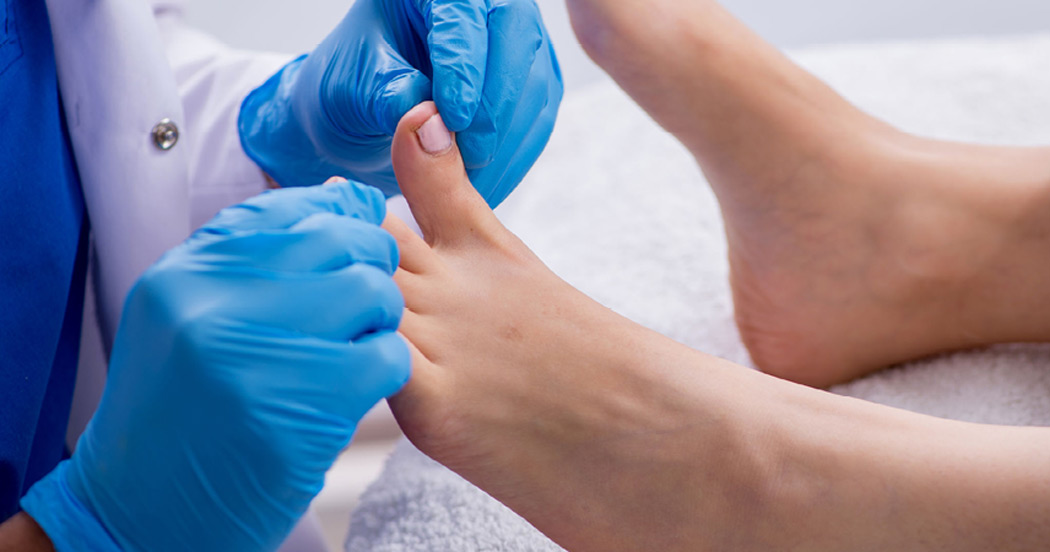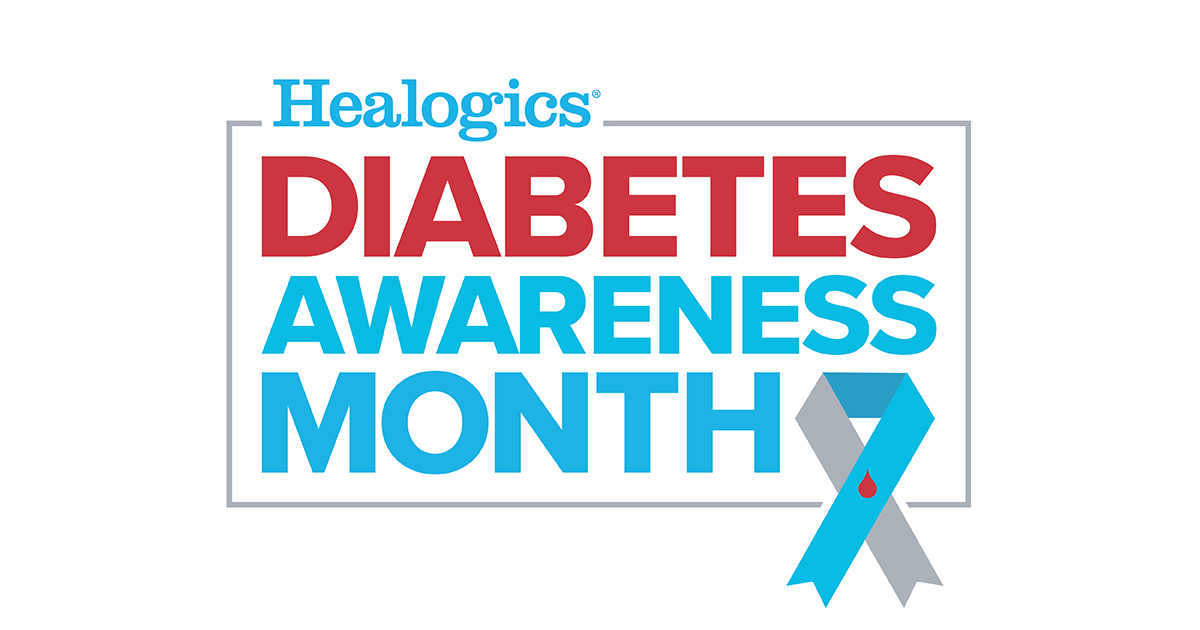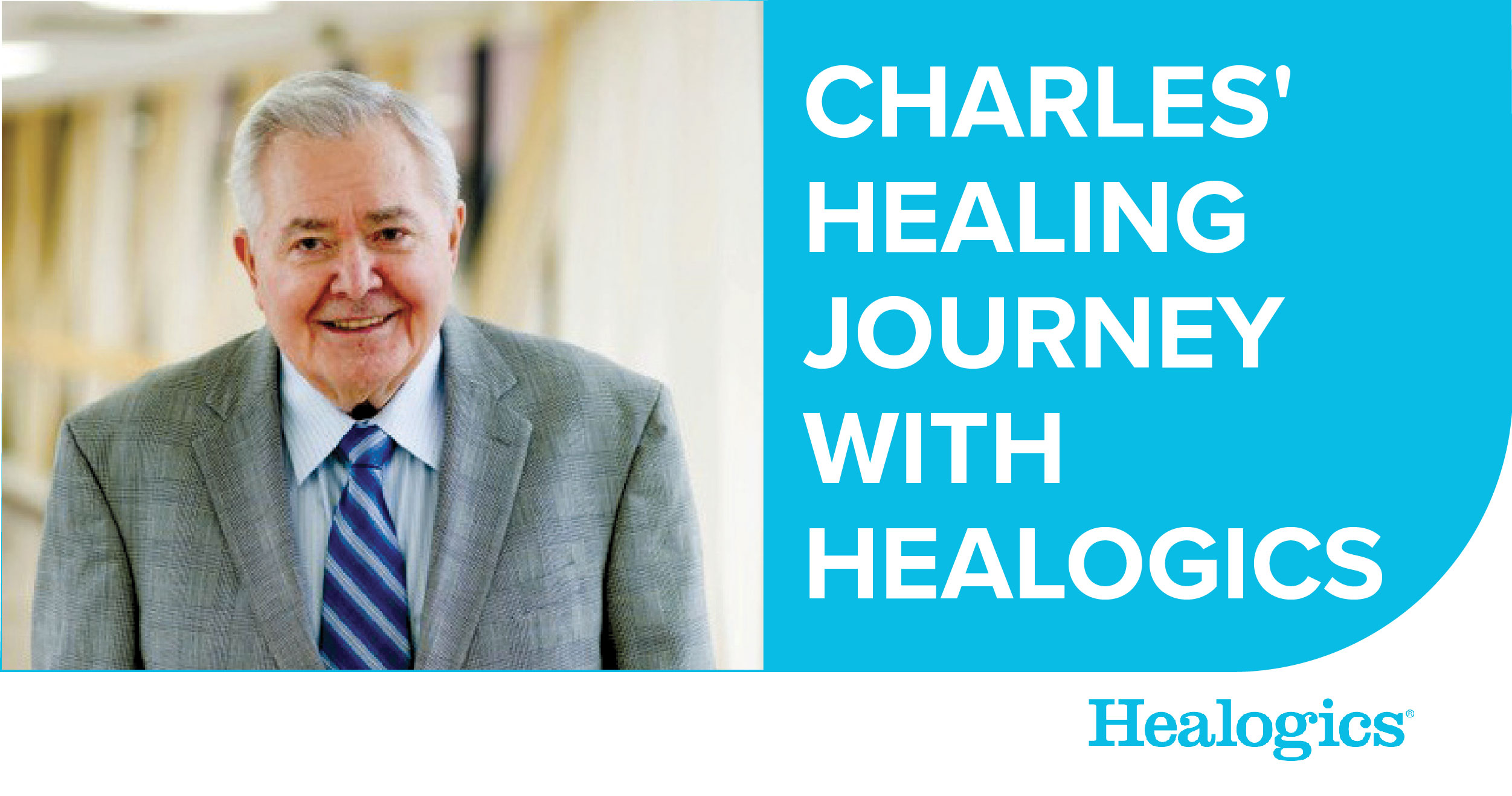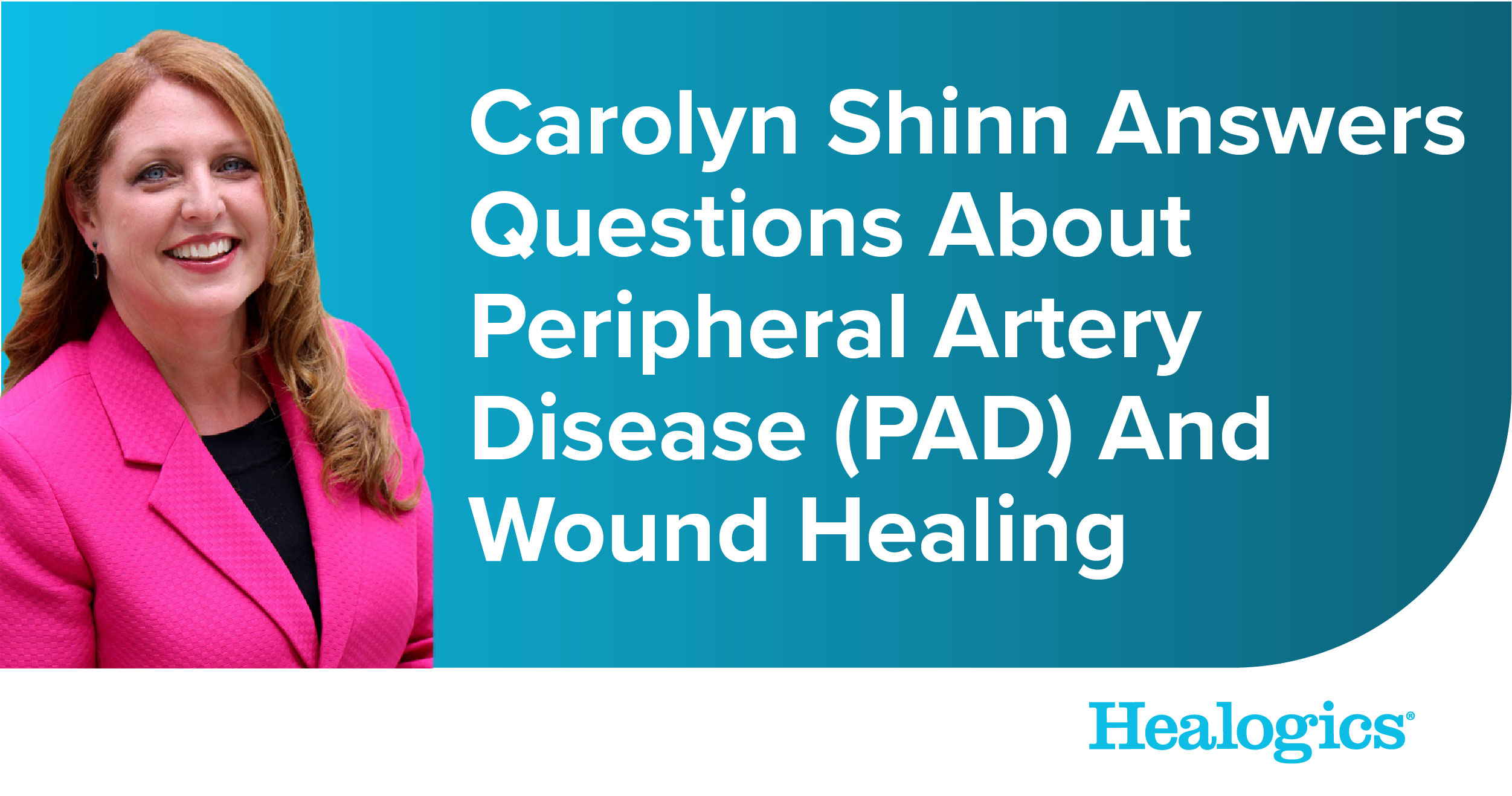The statistics surrounding diabetic foot ulcers are alarming. Currently, over 2 million people in the U.S. have foot ulcers and up to 25% of all adults living with diabetes will experience a foot ulcer at some point. Non-healing diabetic foot ulcers account for 85% of diabetes-related amputations.







